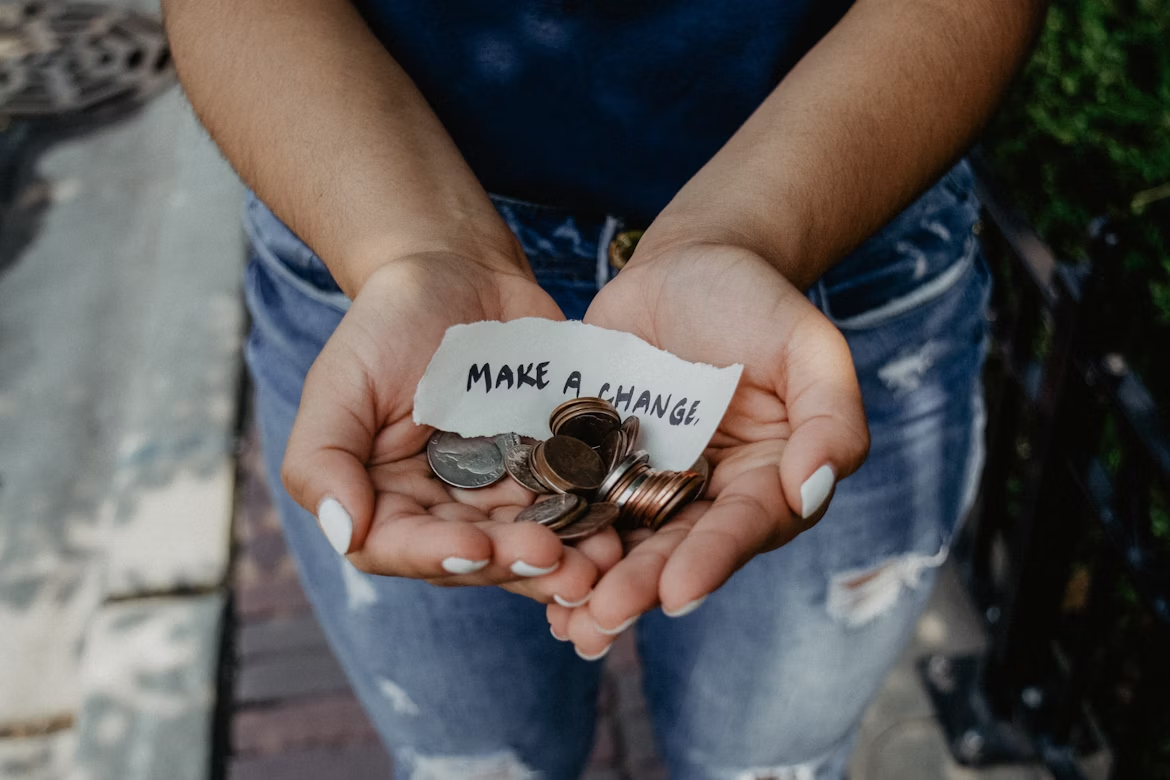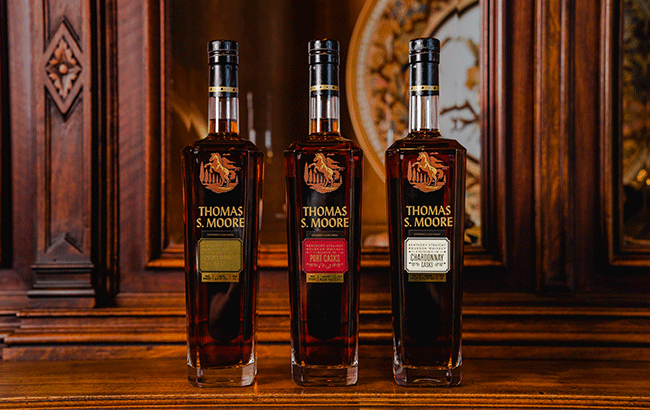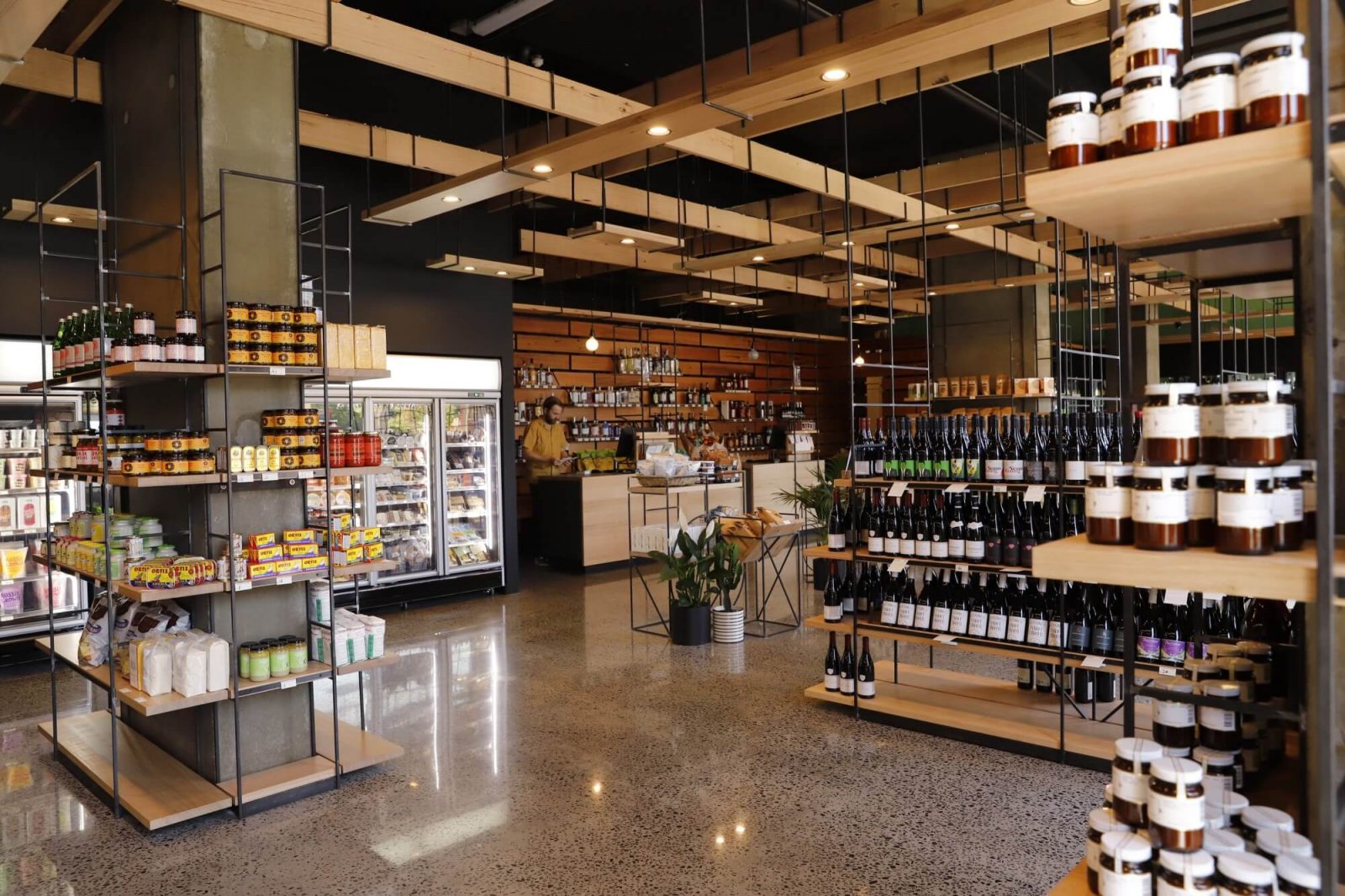What makes a spirit “expensive”? Is it age, rarity, packaging, provenance, celebrity, or simply hype? In the world of fine spirits (particularly whisky), prices have soared in recent years, with certain bottles fetching sums that rival high-end art or vintage automobiles. Collectors, investors, and enthusiasts pay millions of dollars for unique decanters, century-old bottles, and limited-edition releases.
This article delves into the top 10 most expensive spirits (primarily whiskey/whisky, but also branching into other categories) ever sold or made available. We explore the stories behind them, how their value is derived, what makes them unique, and what the broader market looks like. We’ll finish with FAQs to answer everything from “why these are so expensive” to “how to value rare spirits.”
Table of Contents
What Defines an “Expensive Spirit”
Before listing specific bottles, it helps to understand what factors contribute to a spirit’s price:
Age / Time in Cask: Older spirits—longer barrel aging—usually cost more because of lost volume (angel’s share), storage costs, and rarity.
Rarity: Limited editions, discontinued distilleries, one-off bottles, or small release batches raise price.
Packaging / Presentation: Elaborate decanters, precious materials (gold, diamonds, crystal), artistic labels, or collaborations with artists can heighten cost.
Provenance & History: Ownership history, when / where it was distilled, prior ownership, being part of a famous collection, etc.
Condition: The bottle’s condition (seal, label, fill level). Lower fill or damaged packaging can reduce value.
Market / Auction Driven: Much of “most expensive” comes via auction; demand, bidding wars, collector prestige drive prices.
Country / Category: Scotch whisky, Japanese whisky, cognac, bottles from closed distilleries often attract premium; similarly, for other spirits, story, terroir, heritage matter.
Top 10 Most Expensive Spirits: Bottles That Broke Records
Here are ten of the most expensive spirits in the world (mostly whisky/whiskey), as of the latest data, along with what makes each one special.
| Rank | Spirit / Bottle | Approximate Price & Date Sold | |
|---|---|---|---|
| 1. The Macallan 1926 60 Year Old “Valerio Adami” | ~ £2,187,500 (~US$2.7-2.8 million) — sold Nov 2023. | One of only 40 bottles produced; the label painted by Italian artist Valerio Adami. Part of Macallan’s “Fine & Rare” lineup. Age + rarity + collector prestige. | |
| 2. The Craft Irish Whiskey Co. – “Emerald Isle Collection” | ~ US$2.8 million — 2024. | Irish whiskey with one of its ultra-limited inaugural sets; includes luxury presentation (e.g. collectible items). It set a record for an Irish release. | |
| 3. The Macallan 1926 “Peter Blake” | ~ US$1.9 million (2019) via Sotheby’s. | Another version of the 1926 bottling, with label artwork by Peter Blake, famous for Pop Art and known for Beatles album artwork. Rarity is key. | |
| 4. The Macallan 1926 “Fine and Rare” (non-artist labels / or different designs) | ~ US$1.5 million (2018) for the Michael Dillon / Fine & Rare label versions. | Again, 1926 vintage, aged 60 years in sherry casks; variant label designs, artist collaborations. Each version with subtle differences is a separate collectible piece. | |
| 5. Hanyu Ichiro’s Full Card Series | ~ US$1.53 million (2020) for the complete set. | Japanese whisky from Hanyu (closed distillery), extremely rare; each bottle has playing-card label, collectors like complete sets. | |
| 6. Yamazaki 55-Year-Old Single Malt | ~ US$789,814 (Bonhams 2020) for a bottle. | From Japan’s Yamazaki distillery; only 100 bottles released. Long aging and growing interest in Japanese whisky help push price. | |
| 7. Karuizawa “The Dragon” 52-Year-Old 1960 | ~ US$312,000-$316,000 (Bonhams 2018) depending on condition. | Karuizawa is a closed Japanese distillery; bottles from it are rare and sought after; long aged. “The Dragon” naming etc adds mystique. | |
| 8. Springbank 50-Year-Old 1919 | ~ US$204,509 (Christie’s, 2021) for one bottle. | Very old Scottish whisky; Springbank is respected; age and provenance contribute; there aren’t many 1919 vintage bottles in good shape. | |
| 9. The Macallan M Decanter | ~ US$628,205 (auction sale / Sotheby’s The Collector series) for one of its decanters. | The Macallan M is a premium decanter bottling in crystal, designed as a ‘luxury showpiece’ more than everyday drink. High craftsmanship, packaging, and limited production. | |
| 10. The Macallan 64-Year-Old Lalique Cire Perdue | ~ US$460,000 (2018) or more, depending on auction. | Part of Macallan’s “Lalique” collection, with exquisite crystal decanter, extremely aged spirit; Lalique crystal adds to collectible value. |
Honorable Mentions & Other Ultra-Premium Spirits
While the list above is dominated by whisky/whiskey, there are other spirits that enter the ultra-luxury realm. A few examples:
Tequila Ley .925 Diamante — a platinum & diamond-studded bottle, often cited among the most expensive tequilas.
Henri IV Dudognon Heritage Cognac Grande Champagne — aged cognac in ornate packaging, extremely high price.
Luxury vodkas in gilded bottles or with rare ingredients. (Although most expensive “spirits” lists skew whisky because of the auction culture and age premiums.)
Deep Dives: What Makes These Bottles So Special
Let’s look more closely at several of the above to understand the specific traits contributing to their expense.
The Macallan 1926 “Valerio Adami”
Vintage & Age: Distilled in 1926, matured ~60 years in ex-sherry casks. Very long maturation period, which leads to both flavor complexity and loss due to evaporation.
Limited Edition / Label Art: Only 40 bottles produced; 12 or so with Adami-designed labels. Each design is distinct; labeling by a recognized artist adds desirability.
Provenance / Auction History: Bottles of this vintage have changed hands at auctions before, setting high benchmarks. The prestige of Sotheby’s helps.
Collectibility: Among Macallan collectors, the 1926 line is near mythical; owning the Adami version is like owning a trophy.
Yamazaki 55 Year Old
Japanese Whisky Boom: Collectors and enthusiasts have developed a huge appetite for aged Japanese whisky, especially rare ones.
Limited Bottling: Only 100 bottles exist; the long age, plus the relatively newer awareness outside Japan, makes them rare.
Flavor & Quality: Age gives richness; though older doesn’t always mean “better,” these whiskies are well-respected for their craft, smoothness, subtlety.
Karuizawa “The Dragon” 1960
Distillery Closed: Karuizawa, once operating in Japan, is now closed and no longer produces; any bottle from it is finite.
Age & Vintage: 1960 vintage, 52 years when sold, very old, very rare.
Flavor Profile: Sherry cask influence, complexity; many collectors say Karuizawa has one of the most intense, characterful flavor profiles among whisky.
Macallan ’Lalique’ Decanters / “M” Decanter
Packaging / Display: Lalique crystal is superb craftsmanship; decanters are often more “showpiece” items. Some buyers don’t even open them.
Marketing & Prestige: Macallan’s reputation + collaboration with Lalique, or other luxury artisans, helps justify price beyond just the liquid.
Market Trends & What’s Driving Prices Higher
Collector / Auction Demand Boom: Whisky & rare spirits auctions have become big business globally. Record breaking sales feed themselves (i.e. when one bottle sells for millions, it raises the expectation for others).
Scarcity / Closed Distilleries: Bottles from distilleries that no longer produce, or of vintages no longer repeatable, rise in value.
Global Interest Expansion: More buyers from Asia, the Middle East, etc. Japanese whiskies, Scotch, Irish, etc., are globally traded.
Prestige Branding & Celebrity / Art Crossovers: Collaborations with artists, luxury packaging, celebrity endorsements, flashy decanters, bespoke offerings.
Investment Potential: Some buyers treat rare spirits as investment assets (similar to rare wine, vintage cars). Auctions, storage, provenance become important.
Regulatory / Tariff / Import Scarcity Effects: High taxes, trade restrictions, shipping difficulties can make rare bottles in certain markets even more scarce and expensive.
Risks and Considerations in High-End Spirit Collecting
While owning a million-dollar bottle is glamorous, there are pitfalls:
Authenticity: With high value comes forgery. Ensuring a bottle is genuine (seal, label, provenance, fill level) is crucial.
Storage & Condition: Spirits degrade if exposed improperly (light, heat, improper corks). Even rare bottles lose value if poorly stored.
Liquidity: For investment, you need markets and buyers. Illiquid items may be hard to sell without big losses.
Tax / Import Duties: Importing or selling may incur steep duties / taxes.
Consumption vs Preservation: Some bottles are so valuable that nobody wants to open them; they become display pieces rather than drinking spirits.
Geographical & Cultural Notes
Scotch whisky dominates many “most expensive spirits” lists. The tradition, history, and auction culture in Scotland help.
Japanese whisky has emerged strongly in recent years, especially aged bottles from closed distilleries.
Irish whiskey (like the Emerald Isle collection) is growing in prestige for rare / limited edition offerings.
Other spirits (cognac, tequila, rum, brandy, luxury vodka, etc.): while they do feature in some “most expensive alcohol” rankings, very few reach the auction scale of the top whisky bottles. But packaging / art / heritage can push costs very high.
Listing Comparing Prices & Trends Over Time
To give perspective, note how some spirits that were already expensive have escalated in value:
A bottle that sold for USD $300,000 a few years back may now be estimated at $1 million+ in secondary market.
Limited editions sell out quickly, waiting lists are common.
Auction sales often break previous records, making media headlines; this publicity further inflates expectations and interest.
Broader Most Expensive Alcohol (not just spirits)
Some “most expensive alcohol” rankings include wine, brandy, cognac, or even tequila / vodka. For example:
Tequila Ley .925 Diamante — known for its diamond-studded bottle.
Henri IV Dudognon Heritage Cognac — ornamental bottle, aged cognac.
But again, whisky tends to dominate when it comes to high-end auctions, because of collector culture and easily verified provenance.
Summary: What You Get When You Pay Millions
When someone pays USD millions for a single bottle, they are paying for:
Rarity / Unrepeatability — the spirit comes from a batch you’ll probably never buy again.
Story & Heritage — vintage, distillery history, age, label art, provenance.
Aesthetic & Display Value — packaging, decanter design, collaboration with artists.
Collectible Status — owning something rare that increases value over time, prestige among collectors.
Sensory Experience — for some, the taste, aroma, texture of aged liquid is worth the premium, though many buyers may never open them.

FAQs
Are these “most expensive” spirits worth drinking, or are they just for display?
It depends. Some bottles are indeed opened and savored; others are kept sealed for display, investment, or status. The condition of the liquid and the packaging matters a lot. For some, part of the value is in not drinking it.Why are most of the top expensive spirits whiskies (or scotch)?
Because of several factors: a strong tradition of aging; many distilleries with long history; the culture of auction and collecting; many closed distilleries making bottles rare; whisky ages well over long periods. Other spirits sometimes age or preserve taste differently, and fewer have the same collector infrastructure.Can expensive spirits be a good investment?
Yes, but with risk. Like any collectible (art, cars, wine), prices can drop, taste can change, condition may degrade. If you buy for investment, you need to verify authenticity, ensure proper storage, pay attention to market demand, and be aware of fees, taxes, and resale challenges.How can I verify the authenticity of a very expensive bottle?
Buy from reputable auction houses or dealers.
Check provenance (ownership history, documentation).
Inspect label, bottle, seal, fill‐level, condition.
Get expert opinions / independent appraisal.
Be wary of bottles with unclear history or unusual modifications.
What influences the price more: the liquid inside or the packaging?
Both matter. Sometimes packaging (crystal decanter, artist label, precious materials) adds tens or even hundreds of thousands of dollars. Other times, the age, rarity, or provenance of the spirit (even if in plain bottle) can outweigh packaging. The ideal is both exceptional liquid + exceptional presentation.Do older whiskies always taste better?
Not necessarily. Age does provide complexity, mellowing, development of flavors, but beyond a point, diminishing returns can occur or wood influence dominates. Also, storage conditions matter. Still, extreme age (50-70+ years) often is a key for collectors.Why do bottles from closed or defunct distilleries fetch higher prices?
Because no new ones are made. Once existing stocks are sold, that’s it. Collectors prize scarcity; closed distilleries add an emotional and historical element.Can other spirits (rum, cognac, tequila, vodka) ever reach prices like these?”
Yes, some already do in certain categories (ornate packaging, ultra-limited editions), but it’s less common. With growing global demand and marketing, it’s likely some in those categories will join the top tiers more often.How much of the value is speculative vs actual quality?
There’s always speculation in collector markets. Some of the price is based on demand, rarity, prestige rather than measurable quality. But many of the top bottles are held in high regard by connoisseurs as well.If someone wants to start collecting expensive spirits, what should they consider first?
Decide what you value: taste, investment, rarity, display.
Research brands, distilleries, vintage, auction history.
Ensure proper storage (temperature, humidity, light).
Keep documentation.
Only purchase from trusted sources.
Be mindful of taxes, import duties, legalities.
Conclusion
The world’s most expensive spirits are fascinating intersections of craftsmanship, heritage, rarity, and prestige. Whether it’s a Scotch whisky from 1926 with an artist’s label, an ultra-aged Japanese single malt, or a cognac in a jewel-encrusted decanter, each bottle tells a story. The prices they fetch are almost always higher than what you’d pay just for flavor—they reflect history, scarcity, presentation, and collector demand.
For most people, owning one of these spirits is out of reach; but appreciating them—learning their stories, tasting slightly more accessible premium bottles, understanding what drives value—can deepen one’s enjoyment of spirits in general. And who knows? Maybe one day you’ll spot a rare bottle and know just what you’re looking at.













